There are many ways to generate high-quality leads. But even experienced companies and freelancers still struggle with efficient lead generation. We show you the best strategies for more sales.
61 per cent of marketers still see lead generation as their biggest challenge. Is your company or agency struggling to guide potential customers into the sales funnel? Then you should rethink your lead generation strategy. Your sales team needs to consider new tactics to breathe life into your marketing strategy.
If you take the time to optimise your landing pages, SEO and call-to-action elements (CTAs), it will pay off immediately. Before we introduce you to suitable solutions, let’s first explain what lead generation is, how it is measured and why it is so important.
What is lead generation?
Lead generation is about attracting visitors to your company by arousing their interest and converting them into customers.
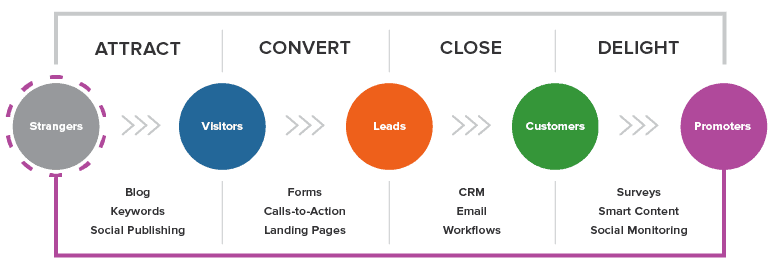
The lead generation process involves the following steps:
- Use SEO and content marketing, including adverts, blogging and social media posts, to attract visitors to your company.
- On your website, they are directed to one of your landing pages where they can find out more about your products or services.
- Call-to-action elements entice them to provide information, such as a phone number. Or they can sign up to your email list, download a free template or register for your webinar.
- Once you’ve collected their contact details, you can start converting leads into your sales pipeline. By sending follow-up emails and other targeted remarketing content to help you close the sale.
In the next step, we will show you how you can measure your lead marketing with the help of key performance indicators.
The most important key figures for lead generation
You can measure the success of your lead generation in many ways. However, you should always use some KPIs (Key Performance Indicators) to ensure that you are getting the most out of your campaigns.
1. cost per lead
The cost per lead (CPL) measures how effectively your marketing budget is being utilised. The key figure is calculated by dividing your total advertising budget by the total number of leads. Measuring the CPL is important to determine the return on investment (ROI) of your digital marketing strategies. In other words, to find out whether your expenditure is followed by more income.
2. conversion rate
The conversion rate (CRV) indicates the proportion of your leads that lead to actual sales. You can calculate it by dividing the leads that led to sales by the total number of your leads. You can use the conversion rate to determine how successful your company is at generating high-quality, ready-to-buy leads.
3. lead value
Not all leads are created equal. That’s why you need to track the value of your leads (lead value), also known as the average revenue per lead. Calculate the value by multiplying your average sales revenue during a given period by the conversion rate for the same period. With this information, you can better target your advertising and conversion efforts.
4. average length of stay
The average time spent on your page is an indicator of how well your content is received. You can determine your average time spent on page based on the total duration of all sessions in seconds and the total number of sessions at any given time. If you want to know how well your business is doing, you should determine the value of your inbound marketing strategies and campaigns.
Upselling, cross-selling & measuring success
Discover how to effectively measure and boost cross-selling opportunities with actionable strategies tailored for agencies and freelancers on the Raidboxes blog.
Why are leads so important?
Almost 53 per cent of marketers say they spend more than half of their budget on lead generation. It therefore accounts for a large proportion of many companies’ marketing campaigns, as it can have a major impact on sales, customer loyalty and engagement.
The effects of effective lead generation include
- Better connection to your target market
- Increased turnover due to higher sales
- Reduction in customer acquisition costs
- Shorter sales cycles
- Growth of your customer base
- Increased brand awareness and visibility
The importance of lead generation is obvious. Without efficient lead generation strategies, your company is missing out on the opportunity to attract new visitors, make sales and collect data to improve your current processes. But what are the most important strategies for generating leads? We’ll tell you.
Optimise your content for long-tail keywords
If you want to be successful with SEO and your keyword research, you need to focus on getting the most out of your long-tail keywords. These are groups of words or corresponding search queries on specific topics. They make up around 92 per cent of all search terms entered into search engines and have the potential to differentiate your company from your competitors.
Instructions for keyword research
Do you want to know which keywords are right for your business and content? We will guide you step by step through the entire research process in our article “How keyword research can help you achieve SEO success”.
Long-tail keywords generate fewer search results but convert more frequently than main keywords. They also tend to cost less, which means that using long-tail keywords can drastically reduce the budget for your pay per click (PPC) adverts.
There are numerous tools to help you find popular keywords. To see how often people search for long-tail keywords that are relevant to your business. Some examples are:
- Google’s keyword planner
- LongTail Pro
- Semrush
- KWFinder
Just one good long-tail keyword can make a big difference when it comes to raising the profile of your company. And to increase demand for your products and services.
In 2009, the company River Pools and Spas was going through hard times. The owner, Marcus Sheridan, tried several methods to attract new customers, but nothing seemed to work. So he took a new approach. He cut his marketing budget and focused on creating high-quality content in the form of blog posts and videos to reach his target audience looking to buy a pool.
Firstly, he carried out a quick keyword analysis and identified long-tail keywords that were specifically tailored to his business. Such as “How much does a fibre optic pool cost”. With this information, he then published a blog post to attract the attention of his target audience and add value to his website.
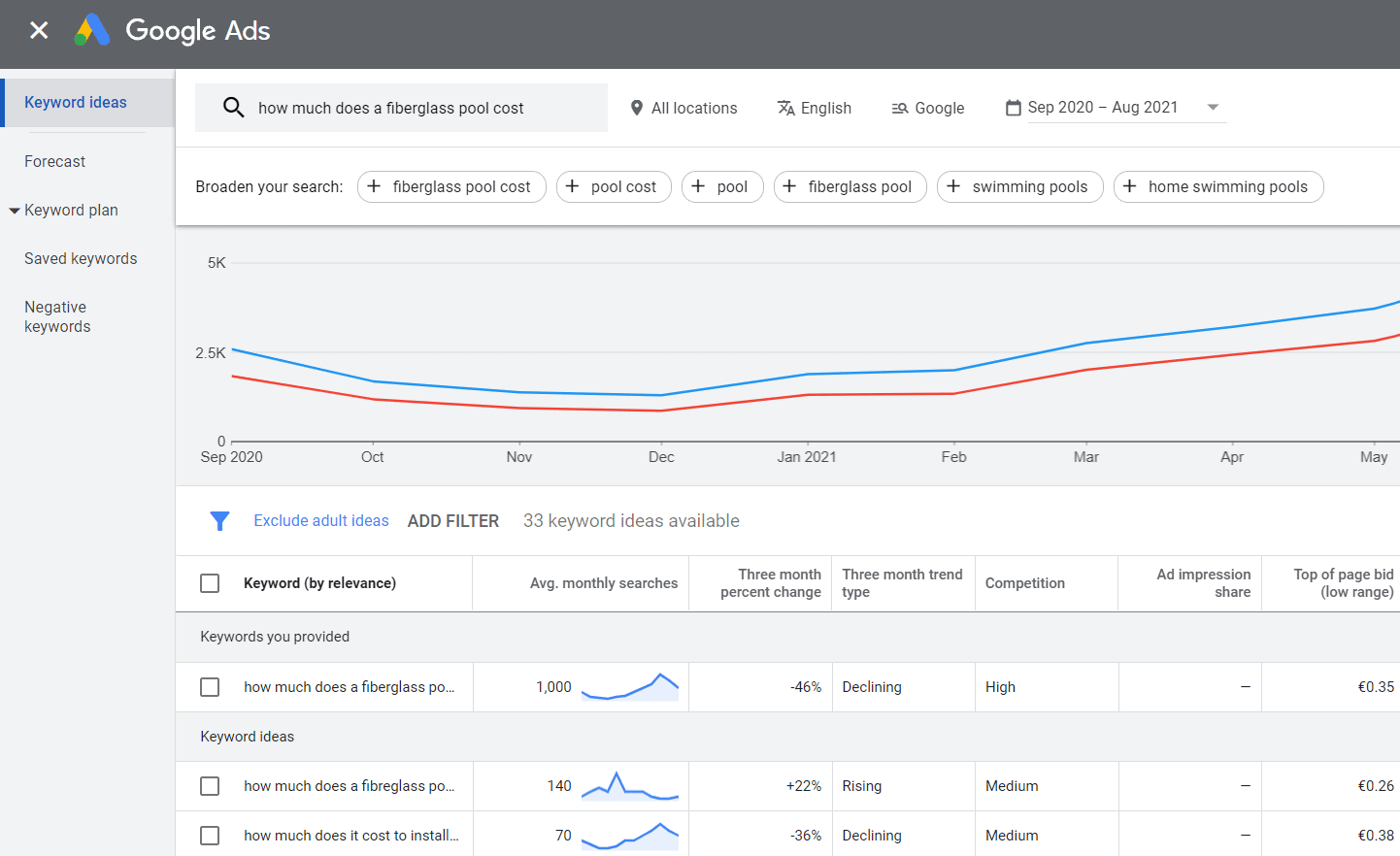
The article “How much will my fibreglass pool really cost?” generated sales of almost 1.7 million dollars for the company River Pools and Spas.
Use affiliate marketing
Affiliate marketing allows companies to harness the power of influencers, experts and podcasts to promote their products in exchange for a commission. With the rise of social media marketing, affiliate marketing has become increasingly popular. Spending is expected to reach 8.2 billion dollars by 2022.
If you want to use affiliate marketing to generate leads, you have several options. You could join an affiliate network that helps you manage your affiliate programme. And that connects you with publishers and creatives in your niche industry.
Beispiel für Affiliate Marketing
Du willst wissen, wie Affiliate Marketing funktioniert und wie du es bewirbst? Dann schau dir das Affiliate Programm von Raidboxes an. Als Teilnehmer:in erhältst du attraktive Provisionen für jede deiner erfolgreichen Empfehlungen.
Alternatively, you can set up and manage your own affiliate programme within your company. It is estimated that 80 per cent of brands have affiliate programmes, and this number is likely to increase with the rise of digital products and social networks.
One company that uses its affiliate programme effectively to generate leads is Nordstrom Rack. The company has partnered with the Shopping Links platform to build long-term relationships with influencers and drive interest in its products. This partnership enabled Nordstrom to identify and work with influencers on a large scale. As a result, the company was able to promote its products to 500,000 potential customers.
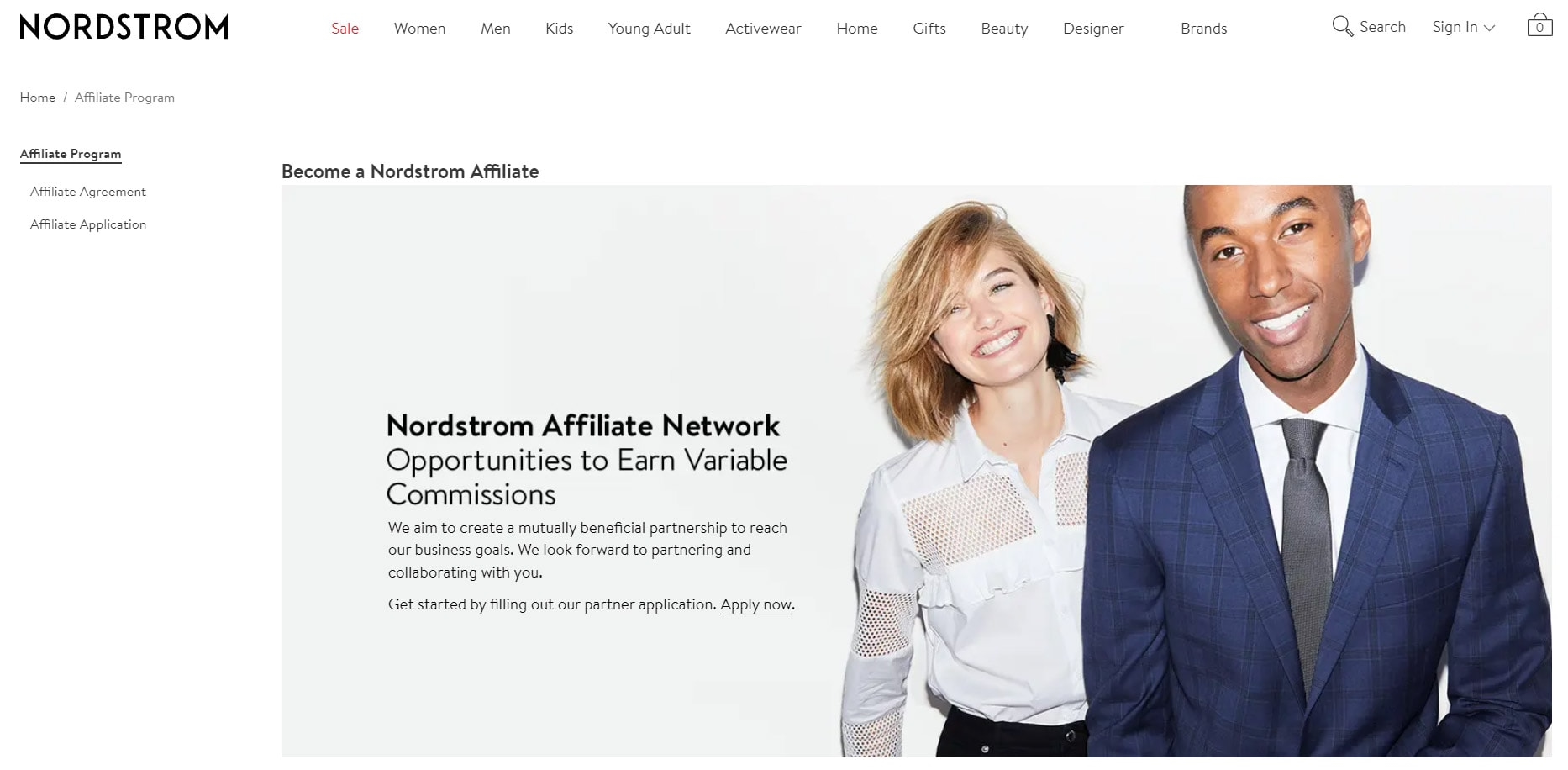
When Instagram influencer and founder of Something Navy, Arielle Charnas, announced a partnership with Nordstrom, the exclusive clothing line sold out within 24 hours. With affiliate marketing, you can increase your brand awareness exponentially by capitalising on existing networks and attracting new customer leads through referrals.
Create optimised landing pages
OnPage SEO allows you to optimise your content for inbound marketing so that it continues to pay off long after it has been published. Almost 52 per cent of marketers use landing pages for future campaigns. This means that it’s important that you create recurring content so that you can continue to generate potential leads for your sales team over time.
Your website is made up of many parts that need to work together harmoniously to attract customers and generate leads. Optimising your homepage, landing pages, infographics and lead capture software is necessary to ensure that visitors don’t leave your website before you’ve had time to present your offer.
Page optimisation tactics include
- Optimisation of keywords in the title
- Appropriate structuring of URLs
- Use clear meta descriptions
- Limitation of form fields
- Optimising images and call to actions
- Use internal links
Apptega is a SaaS cybersecurity company that turned to HubSpot to update its website so it could generate more quality leads. Up until this point, Apptega had struggled to update their pages regularly. Managing the site soon became difficult as plugins were failing and long load times were negatively impacting the bottom line.
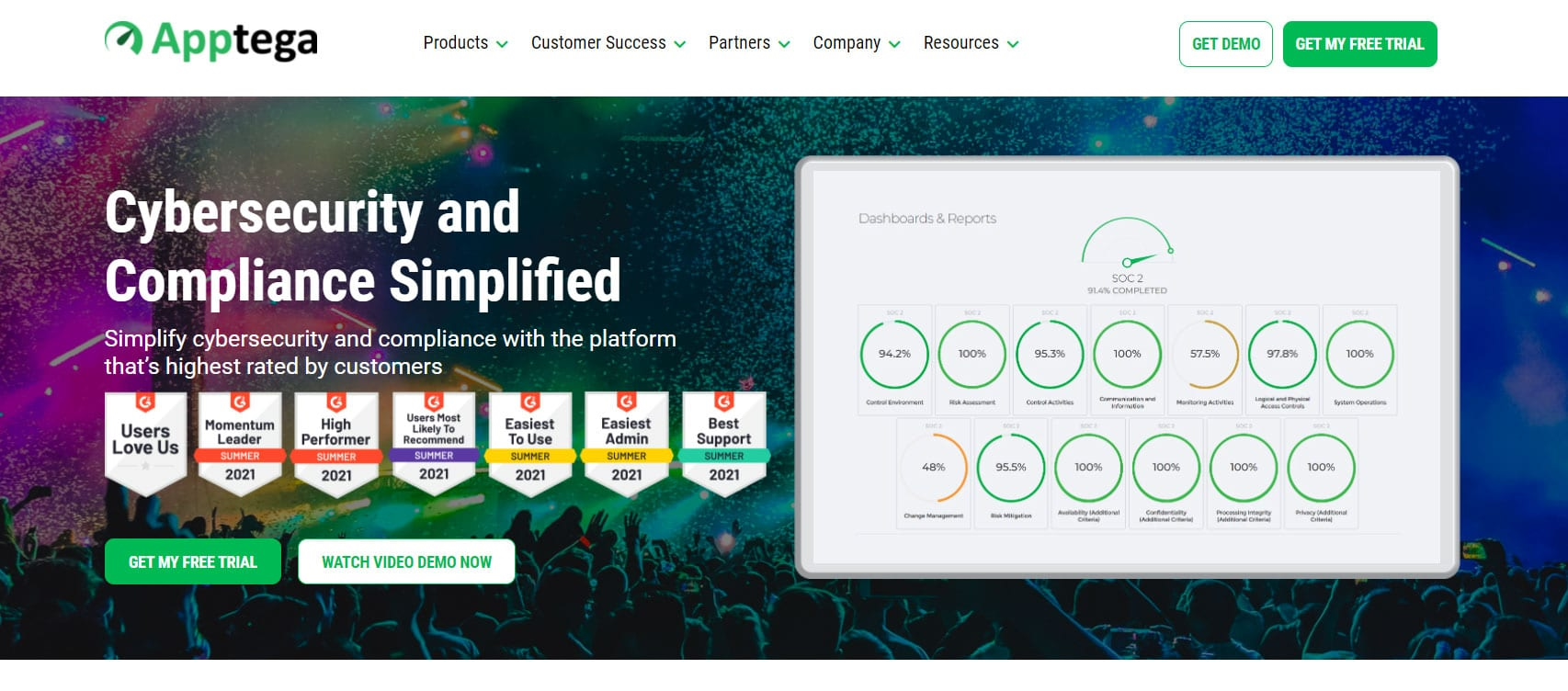
To solve these problems, Apptega converted its website to CMS Hub. By integrating landing pages, repositioning call-to-actions and forms, and optimising data flow, Apptega saw a 200 percent increase in demo requests. If you want to get more out of what you already have, optimising your pages for lead generation can help increase traffic. And without reinventing the wheel.
Include call to actions for conversion
Your call to action (CTA) is one of the most important parts of any page on your website. A CTA that grabs attention will hopefully entice visitors to enter their details into one of your online forms. Or register for a free trial.
The smarter your CTAs are, the more likely you are to convert visitors into leads. This is because personalised CTAs are converted 202 percent more often than generic versions. Furthermore, it’s not just the quality of your CTAs that matters, but also their number and position. Emails with a single call to action increase clicks by 371 per cent and sales by 1617 per cent, while a CTA in a video gets 380 per cent more clicks than one in the sidebar.
To increase the effectiveness of your call-to-action elements, you should:
- Limit the number of CTAs
- Write relevant texts for your CTAs
- Experiment with different lead magnets
- Carry out A/B tests to find out which variant gives you the best results
Email marketing company GetResponse wanted to increase its number of leads but wasn’t sure how to go about it. It had a “Buy Now” button on its site, but wanted to experiment with other lead magnets to see if it could improve its current website.
To solve the problem, GetResponse ran A/B tests to see if the “Free Trial Offer” button would perform better.
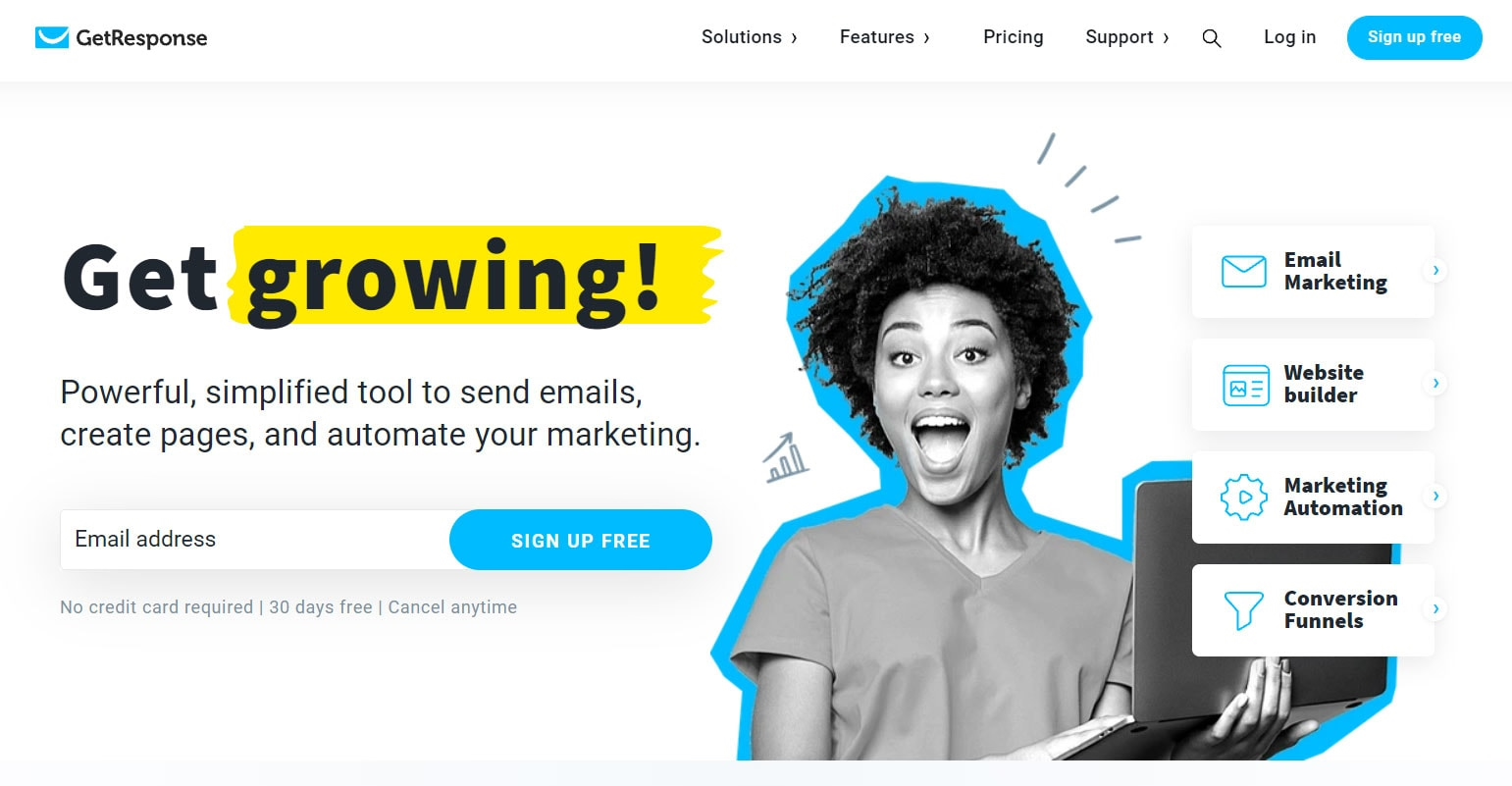
By adding a free trial button, GetResponse saw a 158 per cent increase in free accounts. Whether you’re using CTAs in pop-ups, whitepapers, features or videos, take the time to try out different variations. By running tests and experimenting with different placements, frequencies and copy, you can take your CTA game to the next level.
Publish relevant case studies
Although only 13 per cent of marketers use case studies as a primary tool for lead generation, their benefits can hardly be overestimated. B2B marketers in particular benefit from the publication of relevant case studies, as they impressively demonstrate your company’s track record with proven results.
The following options are available for using case studies in marketing:
- Extracts from case studies in emails and as downloadable PDFs
- Optimised landing pages for case studies
- Testimonials on your homepage
- Posts for the blog and social media
- Videos and presentations showing exemplary cases
Codecademy ‘s Stories page is a great example of how you can use case studies to emphasise the impact of your business. Not only does codecademy have a dedicated page for its case studies, but it also creates detailed and customised landing pages for each individual customer story.
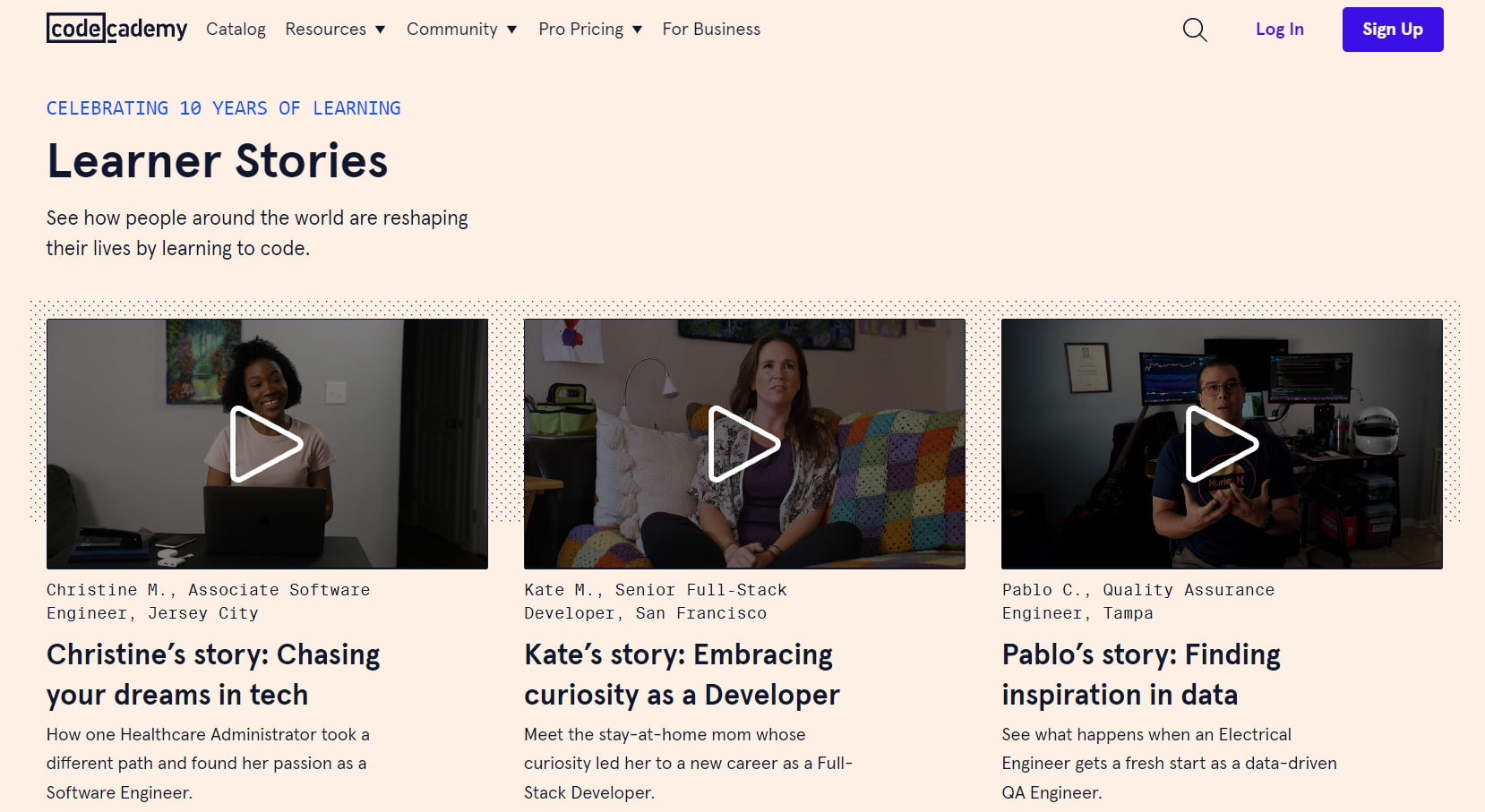
Codecademy uses a variety of formats to present its stories, including videos and articles. The company gives all testimonials a human face and location to make them feel personal. If you find it hard to engage potential customers and work with emotion, case studies might be just the thing for you.
Publish free templates or examples
It’s a well-known fact that everyone loves free stuff. Whether it’s free samples at the supermarket or access to an e-book when you sign up for a newsletter: Offering your customers free lead magnets is a good tactic to increase interest in your company.
Almost 87 per cent of respondents say they are willing to pay more for a more expensive product if they can try it first. If you give your visitors a taste of what your company has to offer, you have the chance to collect valuable customer information. And you can lay the foundation for future sales. Examples of free digital samples are
- Downloadable e-books
- Free templates and designs
- Guides, recipes and manuals
Canva is a graphic design company that allows users to create graphics for social media, posters, cards and presentations. Founded in 2012, the start-up aims to give everyone the opportunity to create beautiful designs.
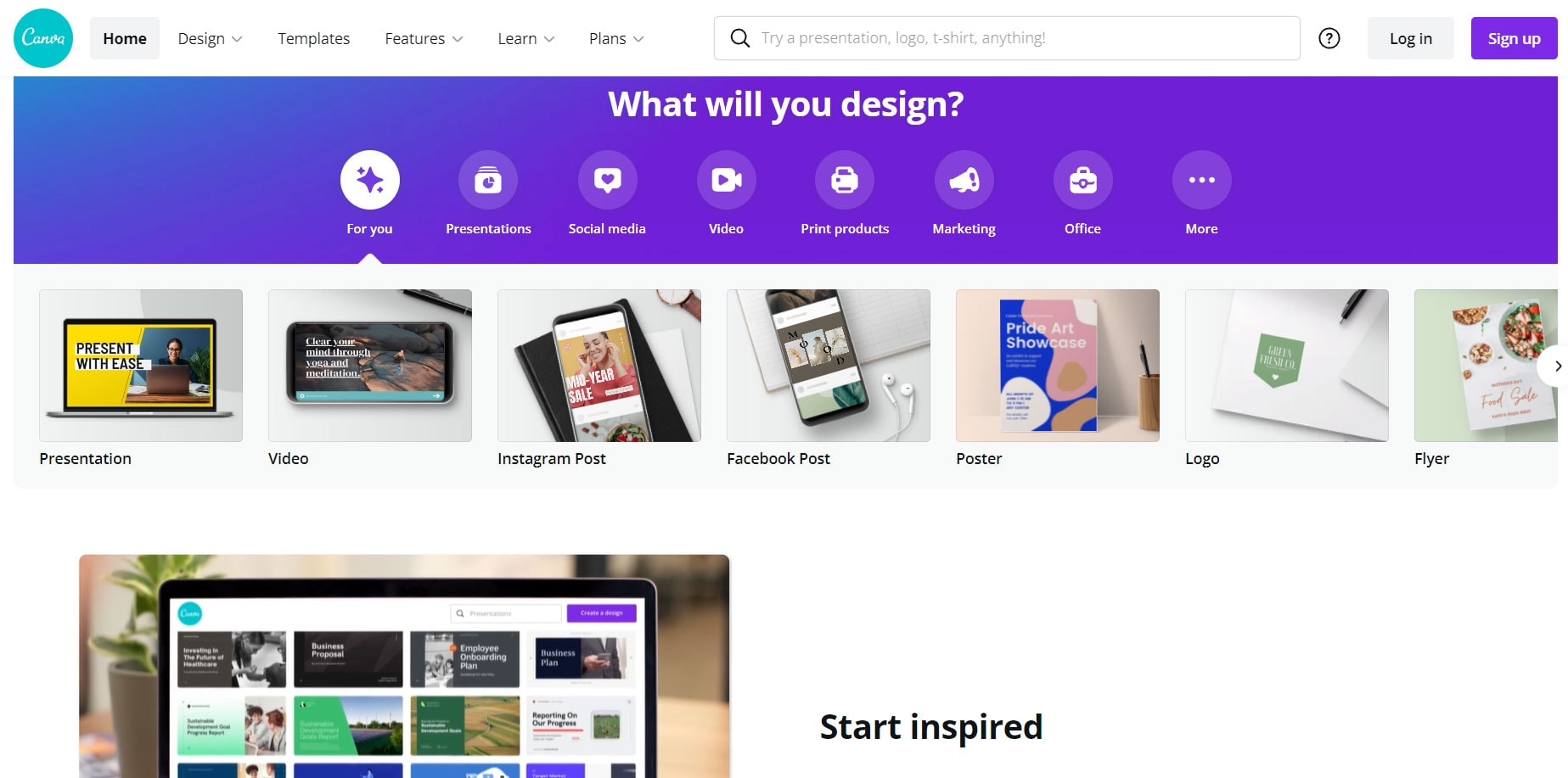
Its marketing strategy allows users to create a free account and access hundreds of designs, templates and graphics. With its easy-to-use software and free templates, Canva has won millions of customers. Canva proves that sometimes it pays to give things away.
Build your audience with a newsletter
Newsletters are a simple but effective tool in outbound marketing that can drastically increase your lead generation efforts. Especially in the B2B sector. 81 per cent of B2B marketers say they use newsletters more often than any other form of content marketing.
What’s more, for every euro you spend on email marketing, you can expect an average ROI of 42 euros – with correspondingly exciting content design. With figures like these, it makes sense that companies invest so much time in the development and design of newsletters to appeal to and motivate their target group.
Content marketing for advanced users: The 6 most important levers
Discover how to optimize your content marketing to reach the right audience, build trust, and achieve long-term success.
You can improve your newsletter even further with email marketing automation:
- Sending welcome emails to new subscribers
- Integration of lead magnets into the content
- Reintegration of inactive subscribers with targeted content
TheSkimm is a media company that creates a newsletter with easy-to-read news and editorials. The founders of TheSkimm – Carly Zakin and Danielle Weisberg – realised that there were few media outlets creating content specifically for young Millennial women.
To close this gap, they have created the DailySkimm newsletter. It is clearly organised and accessible to young professionals early in the morning.
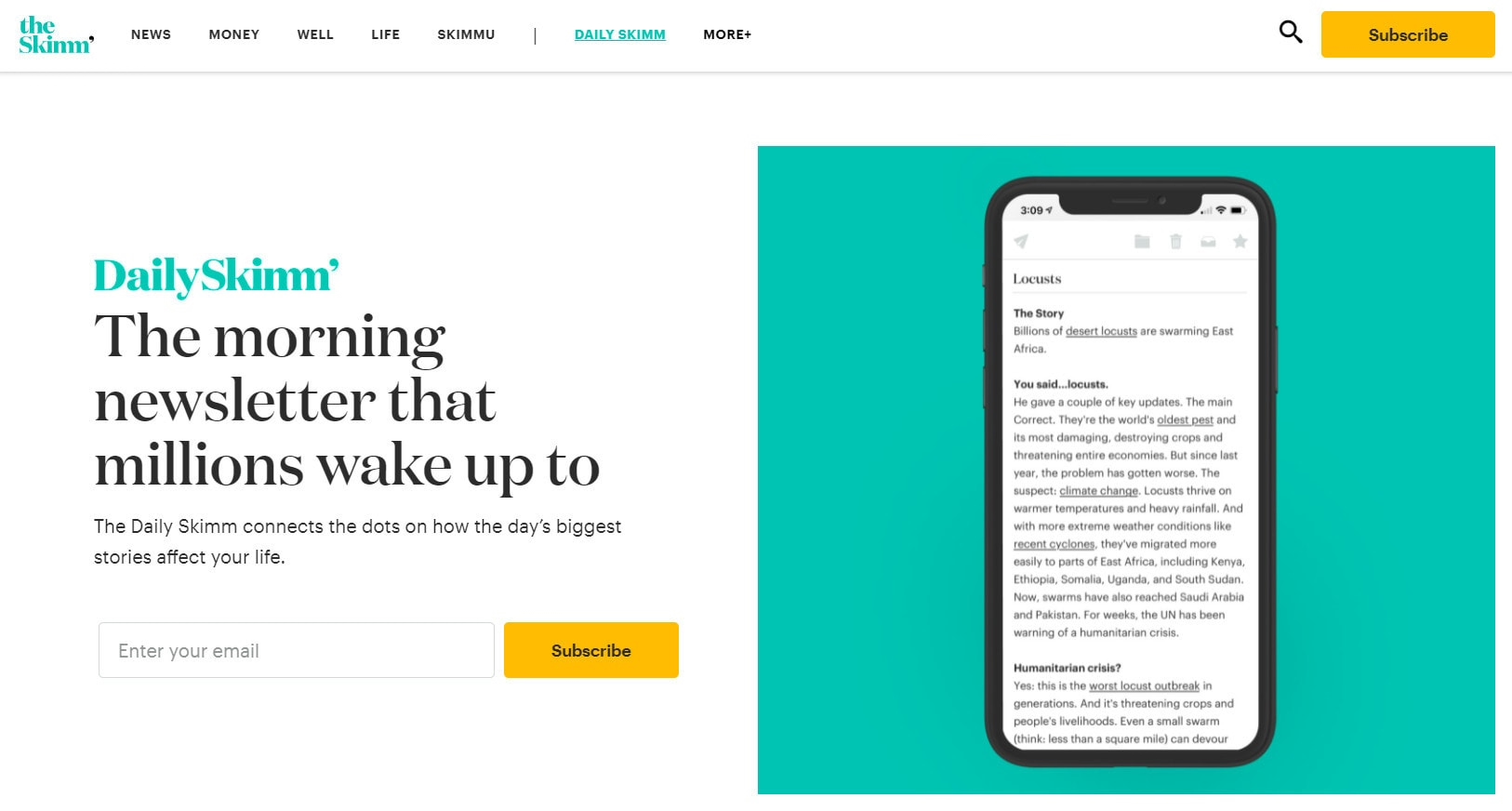
In a saturated media market, TheSkimm’s newsletter has gained 7 million subscribers in the last seven years. This shows that timely, relevant and engaging content makes your newsletter stand out from the crowd. And that leads can be generated for your company if you do your research well and know what your target audience wants to read.
What is important for lead generation
Now you know 7 effective ways to generate leads, including
- Optimise your content for long-tail keywords to generate more demand
- Use affiliate marketing
- Publish optimised pages and landing pages for lead generation
- Turn readers into leads with strong calls to action
- Publish relevant case studies
- Offer free templates or examples
- Build your audience with an engaging newsletter
Whether you’re looking for better ways to manage your content or optimise the performance of your website: Don’t forget to prioritise lead generation in all your updates. Just adding a button, a testimonial or a keyword in the right place can make the difference between attracting new leads and churning visitors.
You can’t just rely on your products or services to sell themselves. At some point, you will have to attract new customers. That’s when the strategies described here will help you to keep your company or agency competitive.
Your questions about generating leads
What questions do you have about acquiring leads? We look forward to your comments. For more insights on WordPress, web design or online business, follow Raidboxes on Facebook or LinkedIn – or subscribe to our newsletter.


Leave a Reply